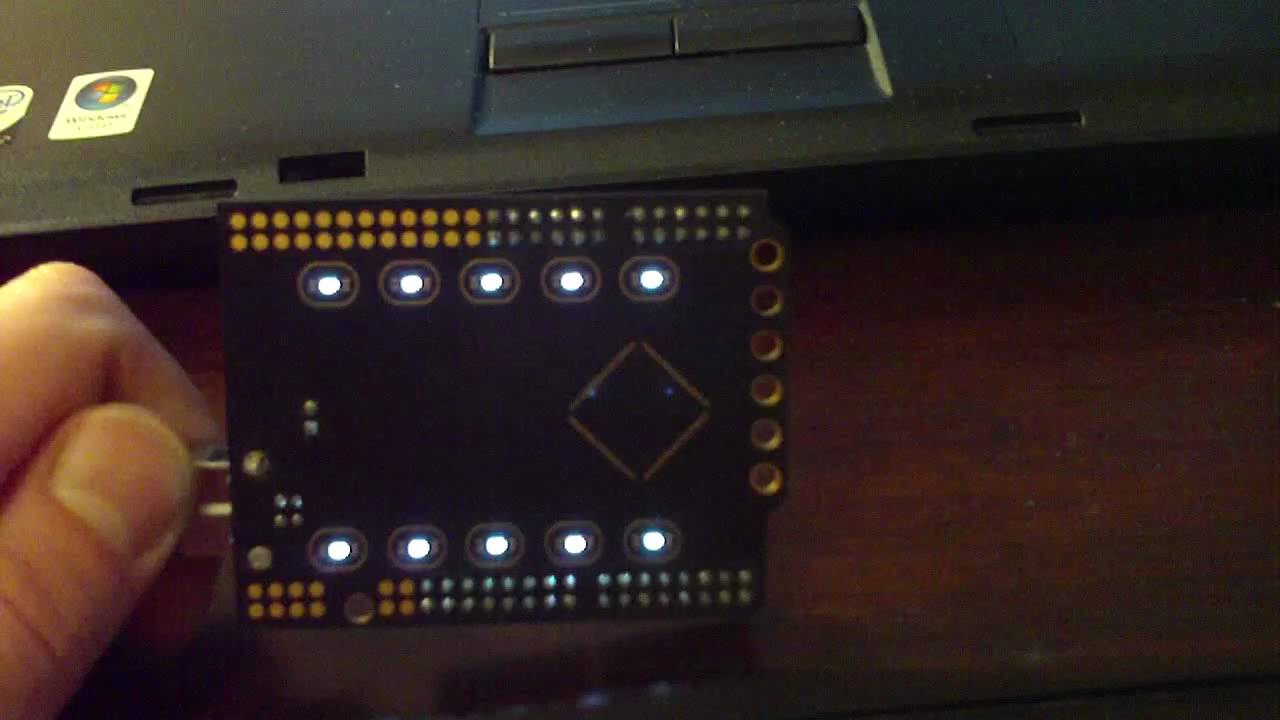Howdy and Happy New Year ![]()
I just finished building the Illuminato board, and wanted to show some pictures and a video. I'd like to make it an official "Arduino" but for now it's a Freeduino or something like that. Anyway, it has 64k of code space and 42 digital I/O pins, since the idea was to make it run larger projects, like dual LED matrices, robots, or tons of sensors.
I tried really hard to keep it the same format as the original Arduino, so that all the shields people have made will snap on top of it, and work like they do on a normal board.




On the back side of the board are 10 white LED's that can be PWM'd or turned on or off with the bling() function (which I guess technically makes it a non-standard addition to the base function set).

Here's a video of the board controlling a dual-color LED screen directly:
And here's a video of the backlighted LED's pulsing ![]()
Anyway, since it was built for an educational institution, and the professor that wanted it is funding it (so I could get volume pricing on a lot of the parts) the board is going to be $29.99 fully assembled, and if you really want a kit, just let me know and I can send you the parts. http://www.liquidware.com/shop/show/ILL/Illuminato
In the meantime, the schematics and code are here:
http://www.liquidware.com/wikipages/name/Illuminato
Let me know if you want a one-off board... like with built in op amps, or extra capacitors or something. The board files are GNU GPL'd, but I'm definitely happy to change or edit them for you, or walk through why I made certain things go where they did...

